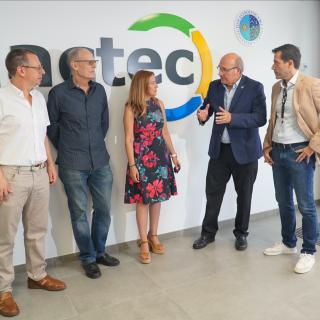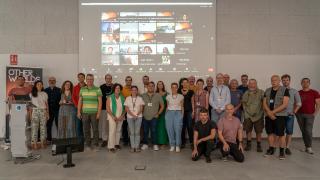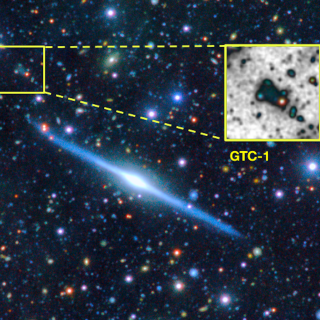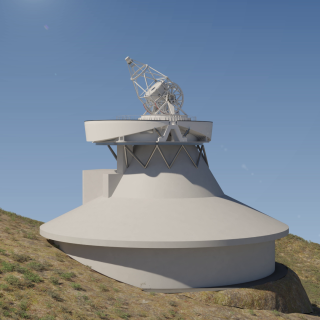
Rosa Dávila and Juan José Martínez yesterday toured the facilities of the headquarters of the Instituto de Astrofísica de Canarias and the IACTEC, in La Laguna, where they learned first-hand about the technological, research and dissemination projects in which the Cabildo and IAC collaborate.
Advertised on




